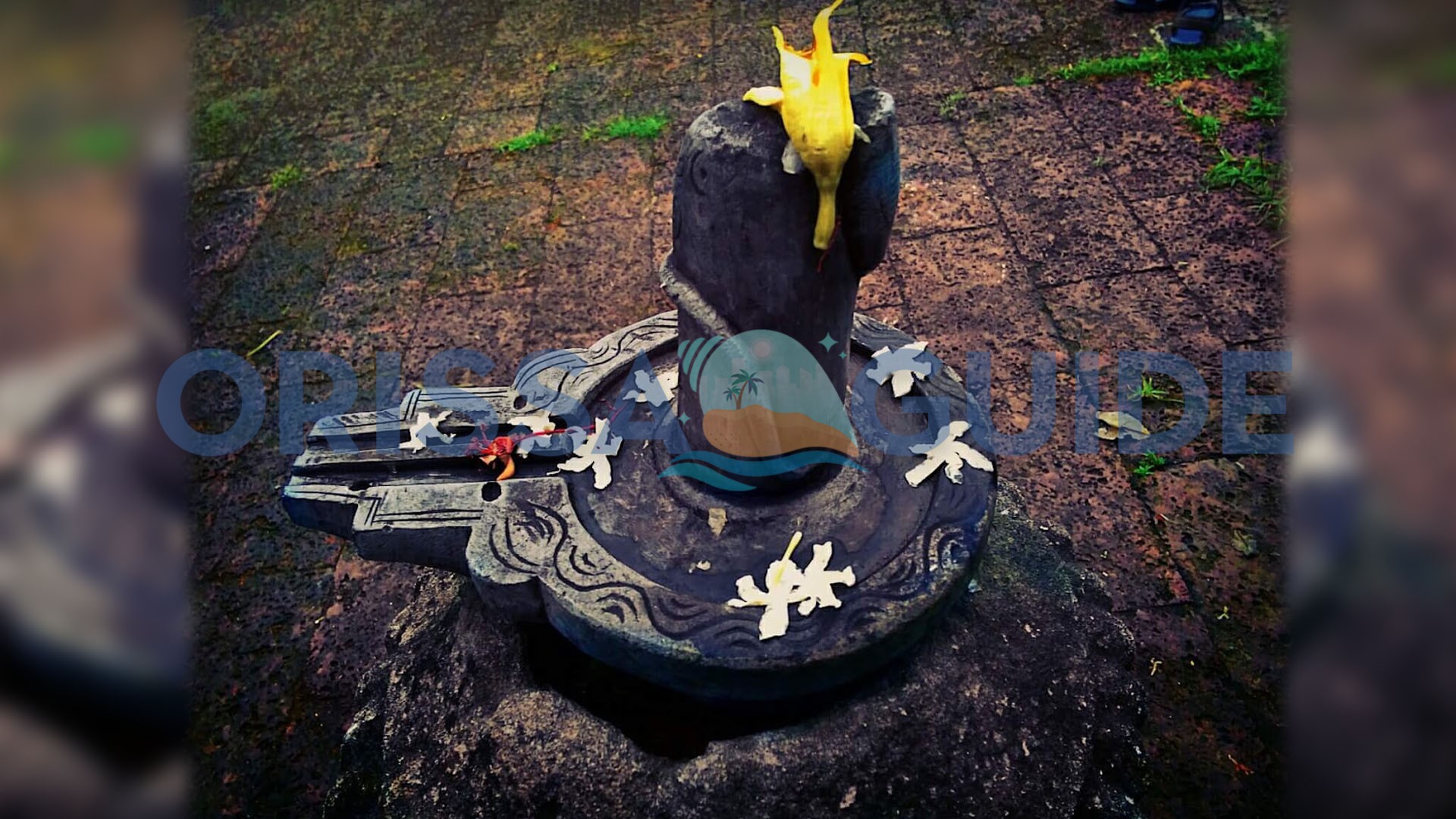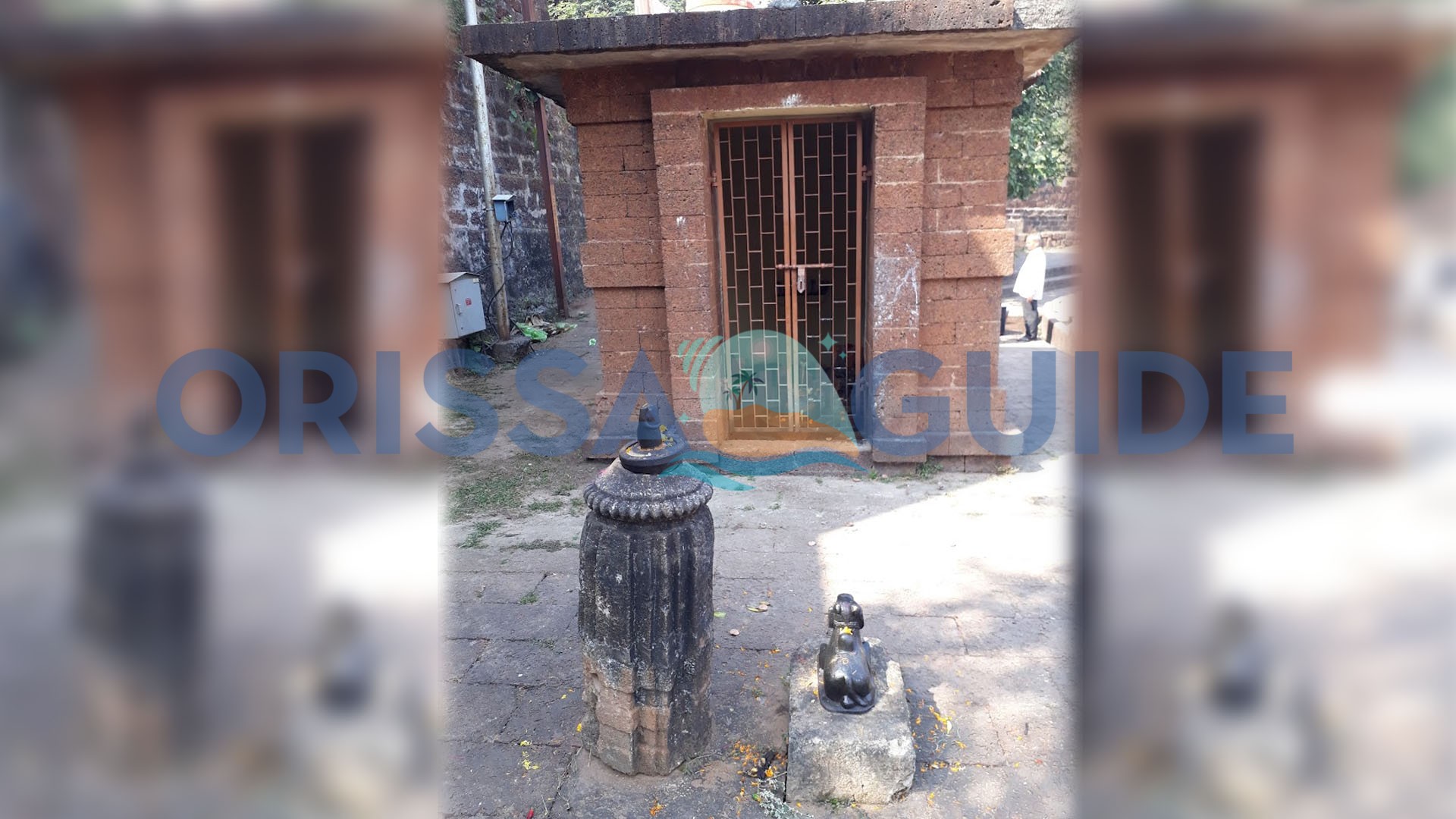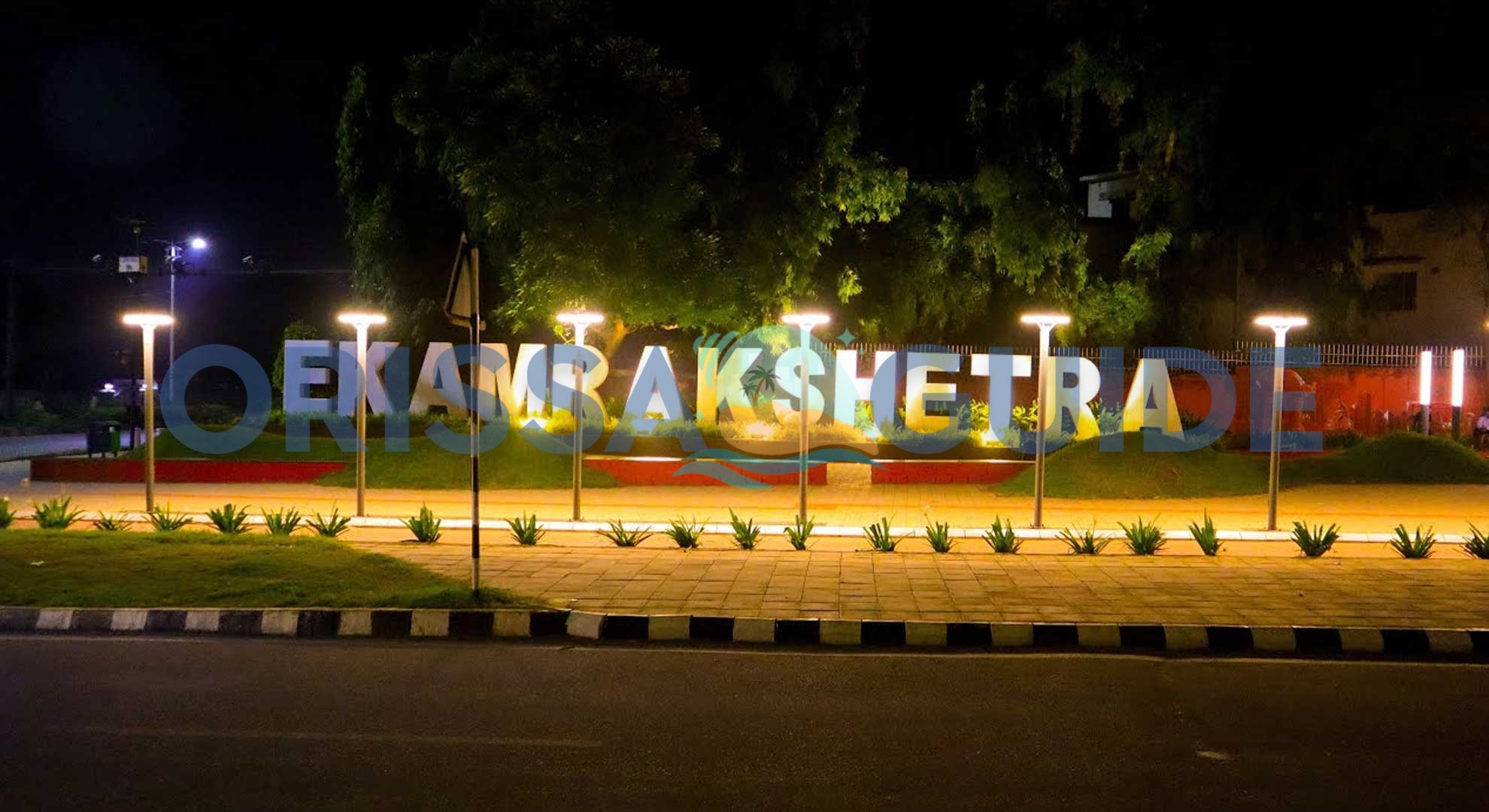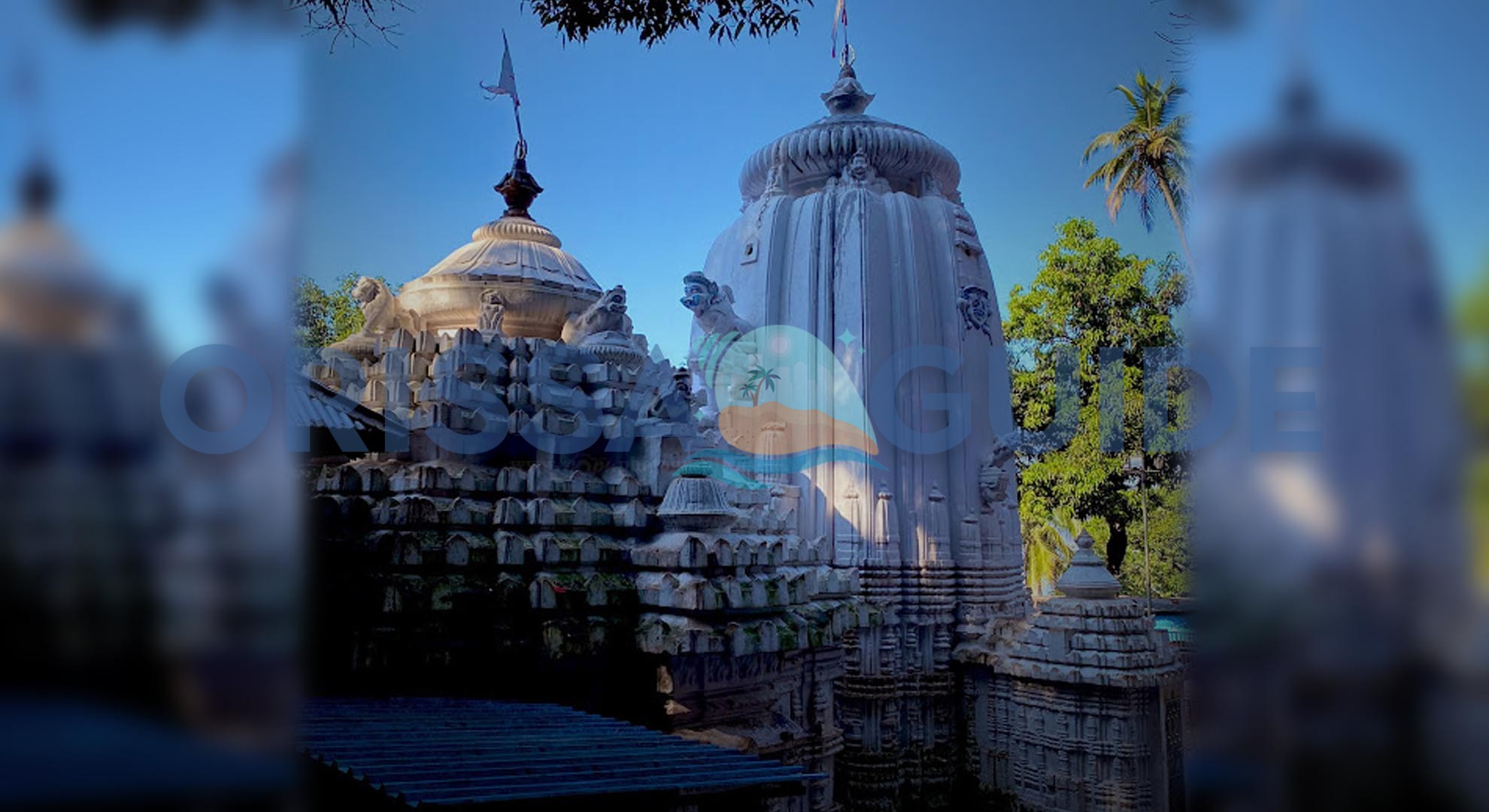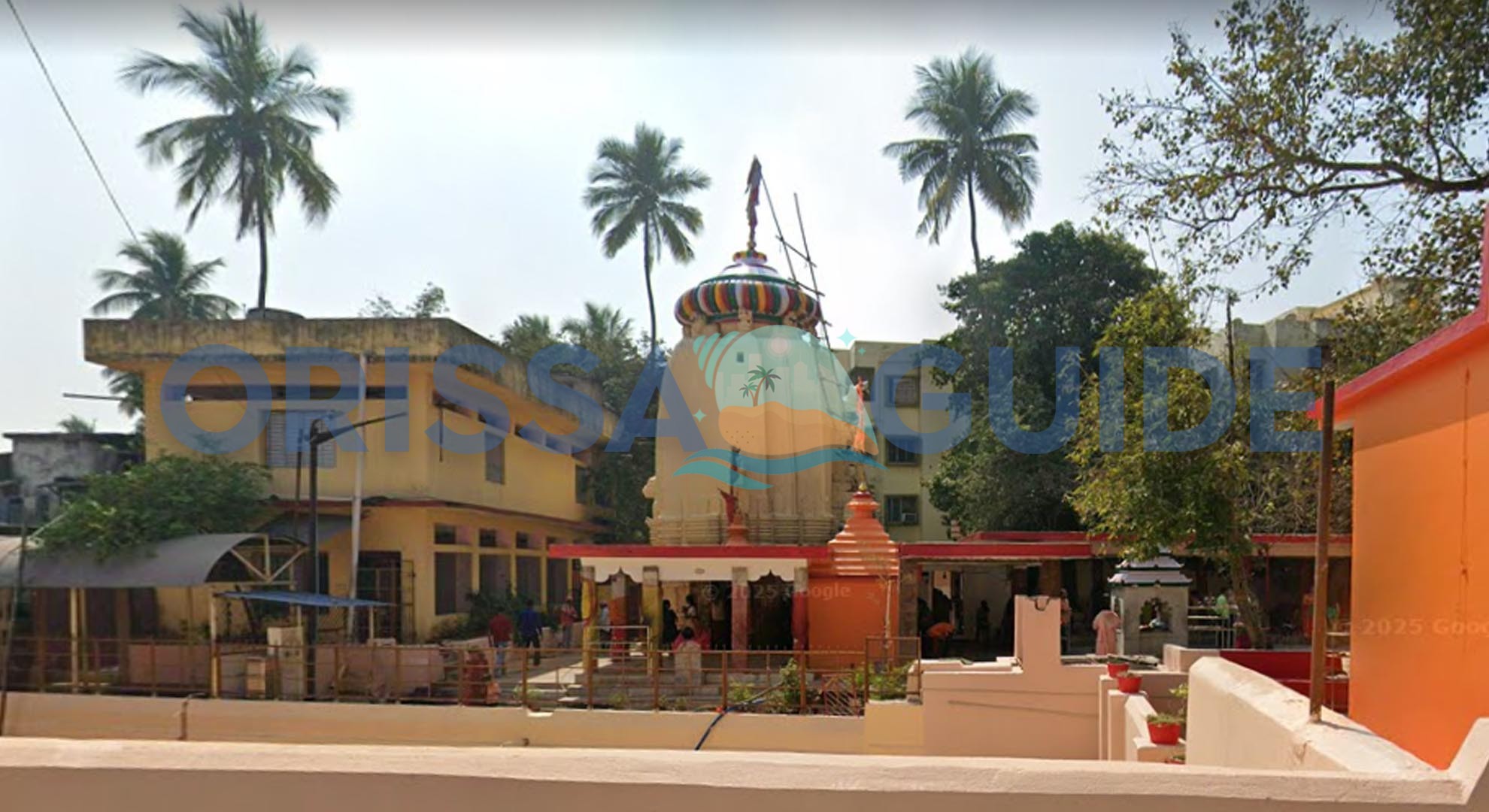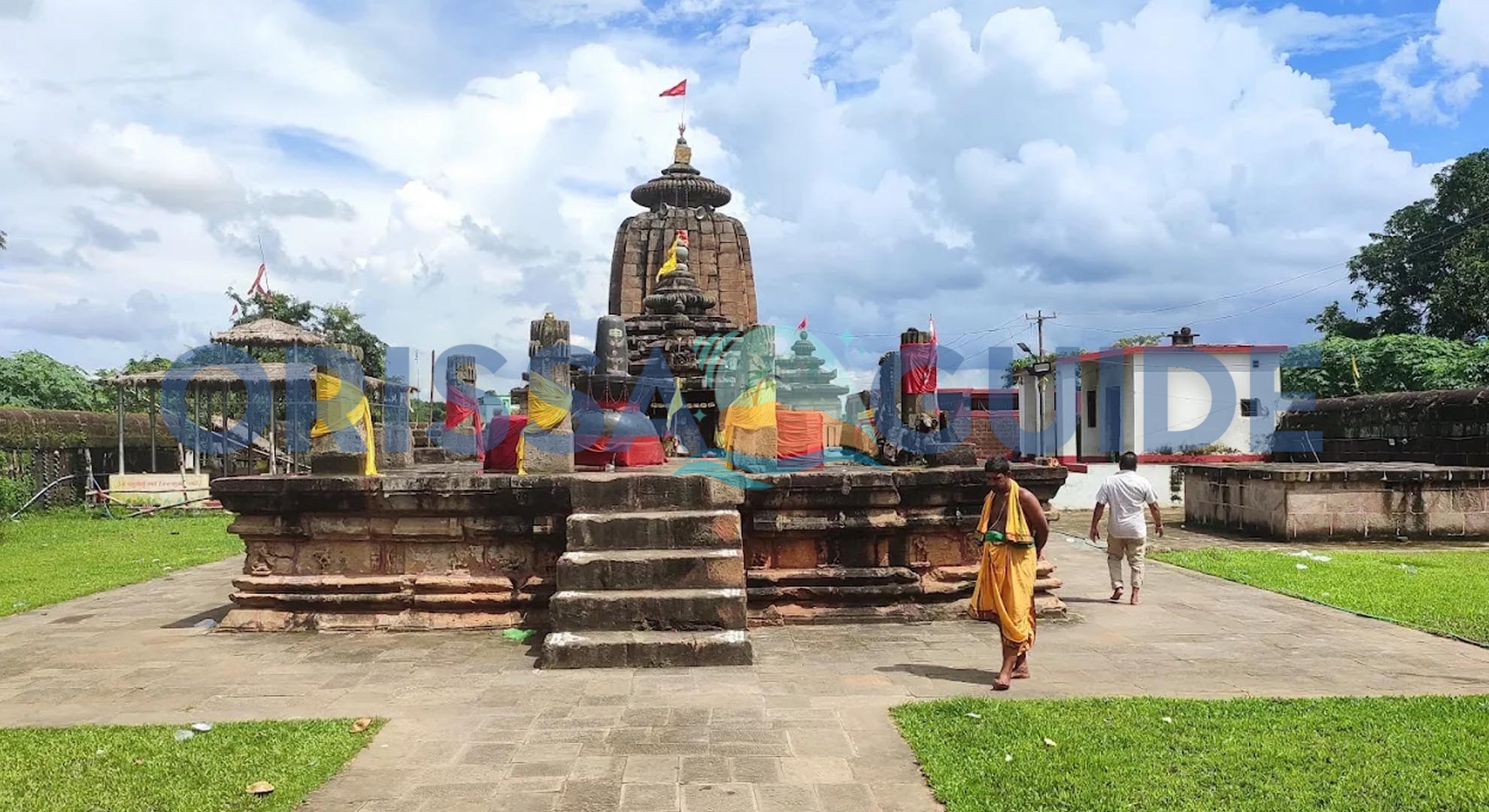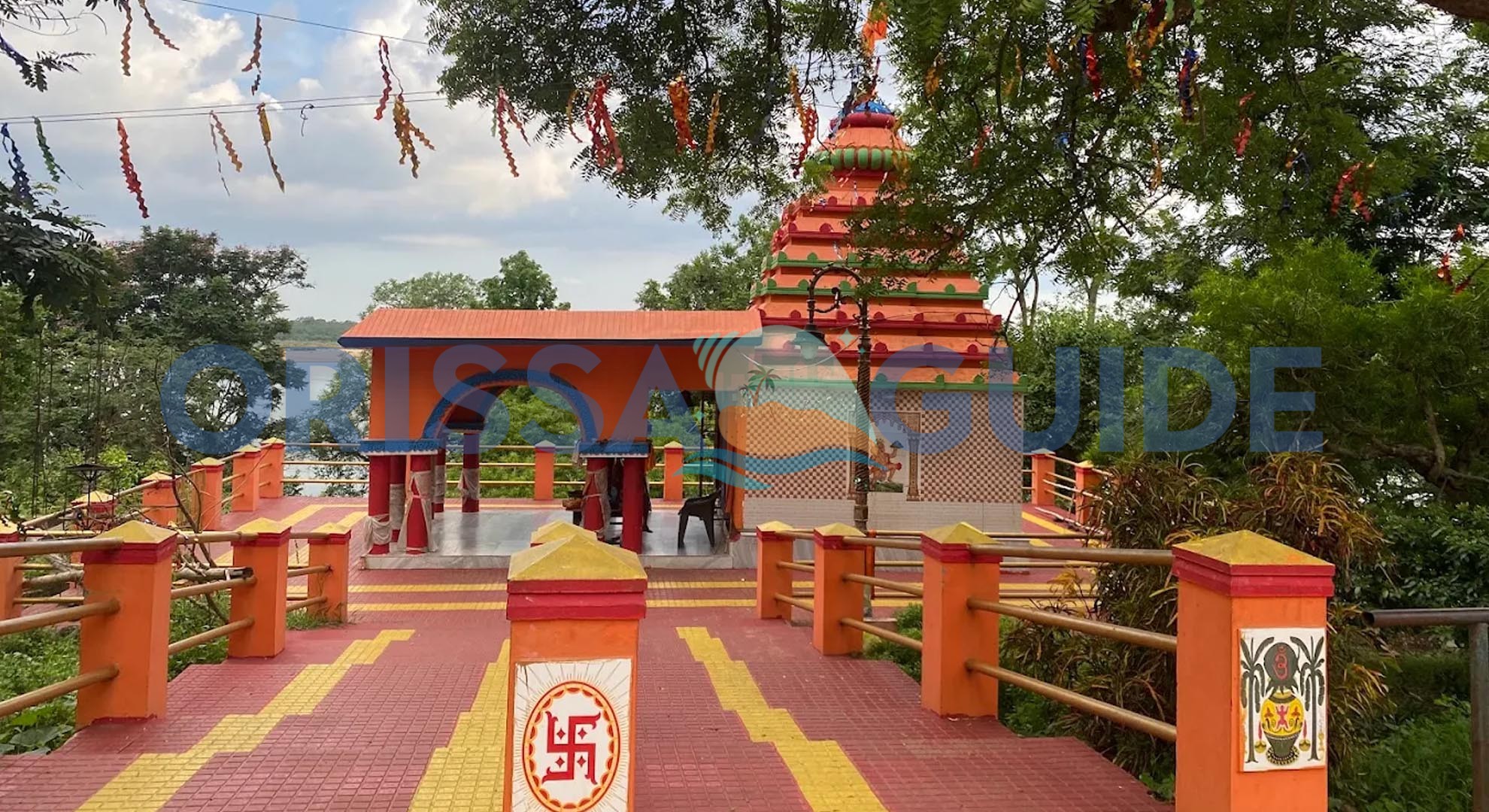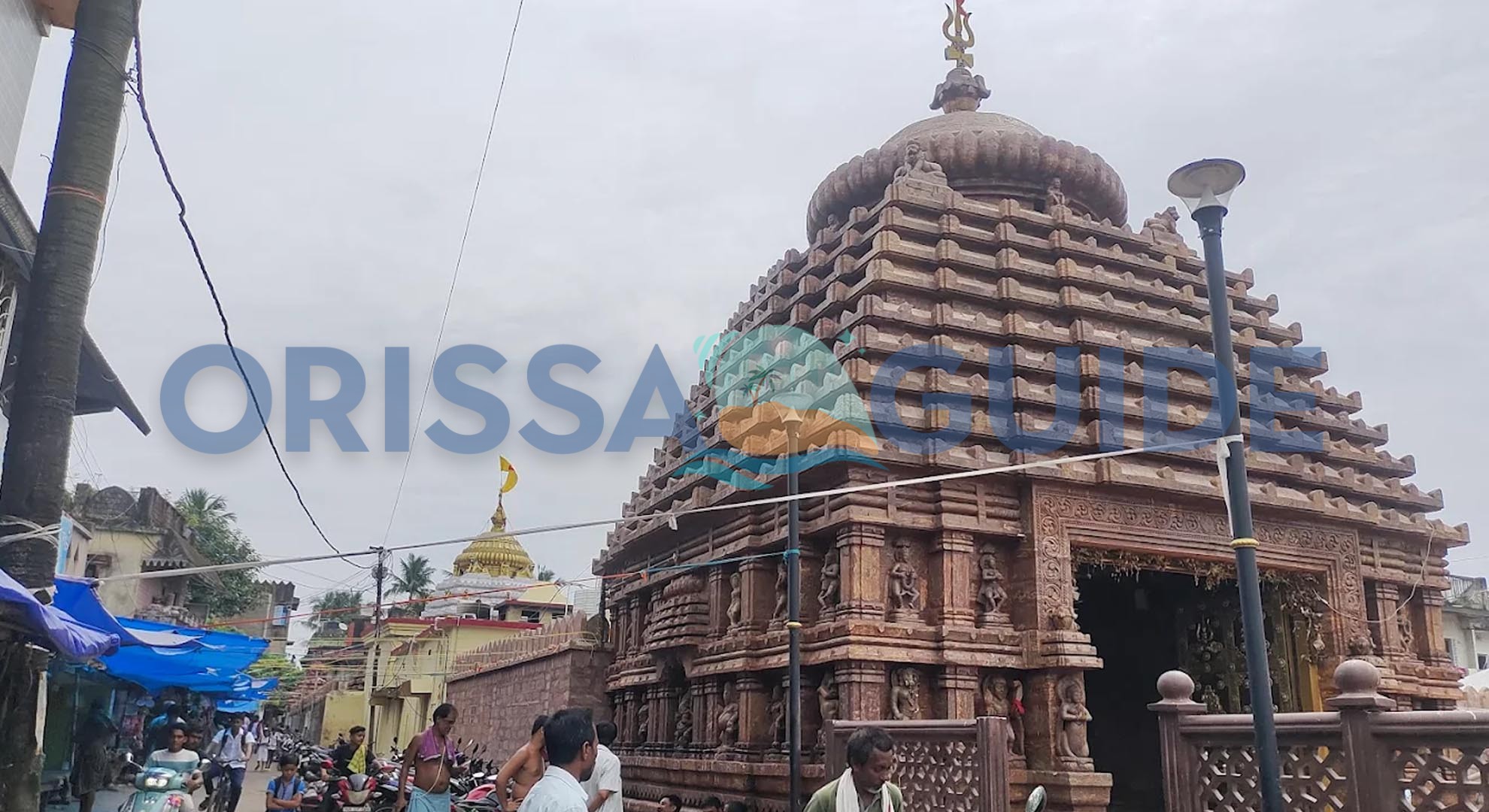Centrally positioned in the core of Bhubaneswar, Odisha’s capital, Budha Deula stands out as an appeal for the maintenance of the cultural and religious heritage of the region. The temple, hovering in virtual silence beside its more famous neighbor, the Sun Temple of Odisha, is a precious jewel showcasing installed views over the ancient Odisha architectural brilliance and spirituality. With its architectural uniqueness and historical significance, Budha Deula provides a must-visit experience for anyone encouraged to see the famous temples of Odisha.
Historical Background
Budha Deula is said to date back to the 9th century along the Somavamshi dynasty. It lies quite precisely in the era of some of Odissa’s old temple architecture. This temple faced plenty of events right from periods of invasions to restorations that shaped it into what it is today. Clearly visible in the temple’s intricate designs on walls is the contribution of various dynasties, including the Eastern Gangas and Gajapatis.
Architectural Marvel
Budha Deula is remarkable for its unique architectural style, and this simple feature sets it apart from other ancient temples of Odisha. It was constructed in the Kalinga architectural style and embellished with striking minds of sculpture. Found within the main sanctum is the Shiva Linga, while the temple is adorned with stone carvings of numerous deities and mythical scenes. The general theme of the temple forms a composite structure, striking a balance between symbolism and ornamentation, which should fascinate the architectural minds.
Religious Significance
As a Temple of Goddess and other deities, Budha Deula holds immense religious significance. The main deity worshipped here is Lord Shiva, but the temple has shrines to other gods and goddesses such as Maa Bhagabati Temple and Banapur. The temple also has a hub of religious activities with pujas every day, accompanied by annual festivals when temple premises are free and beckon devotees from distant shores. Budha Deula has and continues its spiritual ambiance, where the divine presence beckons the distraught and the disillusioned with an unspoken promise of solace.
Contemporary Cultural Impact
Budha Deula is not simply a place of worship, but it has had a cultural impact that influenced various facets of Odisha’s heritage. The temple is a central point of local festivals like Shivaratri being celebrated with enthusiasm. The temple architecture and sculptures have inspired generations of artists, and its echoes in literature and music reiterate the cultural connotation attached to it. The pilgrimage site continually attracts tourists drawn by its spiritual and historical appeal.
Tourist Attraction
Concise tourist details impress Budha Deula’s experiential experience manifold. The temple compound is well-managed with all conveniences for the visitors. Tour guides are available, providing insights into the history and architecture of the temple. Further, the Lingaraj Temple and Mukteshwar Temple upkeep the wholesome beauty of Bhubaneswar as a treasure trove of ancient temples of Odisha. Tourists should avoid visiting during peak heat, and instead opt for early morning or late afternoon hours to take in the beauty of the Temple.
Conclusion
Budha Deula roams like a brilliant banner from the temple legacy of Odisha, offering a taste of precious history, architecture, and spirituality. Its importance as a Temple of the Goddess and other deities along with its cultural importance affords it a place of integrity in the identity of Odisha. While one moves through the indentations of great temples of Odisha, it certainly becomes imperative to preserve these ancient monuments for future generations to admire. The journey to Budha Deula is a timeless moment captured, accompanied by a spiritual journey and an indelible impression anthologized for posterity.

